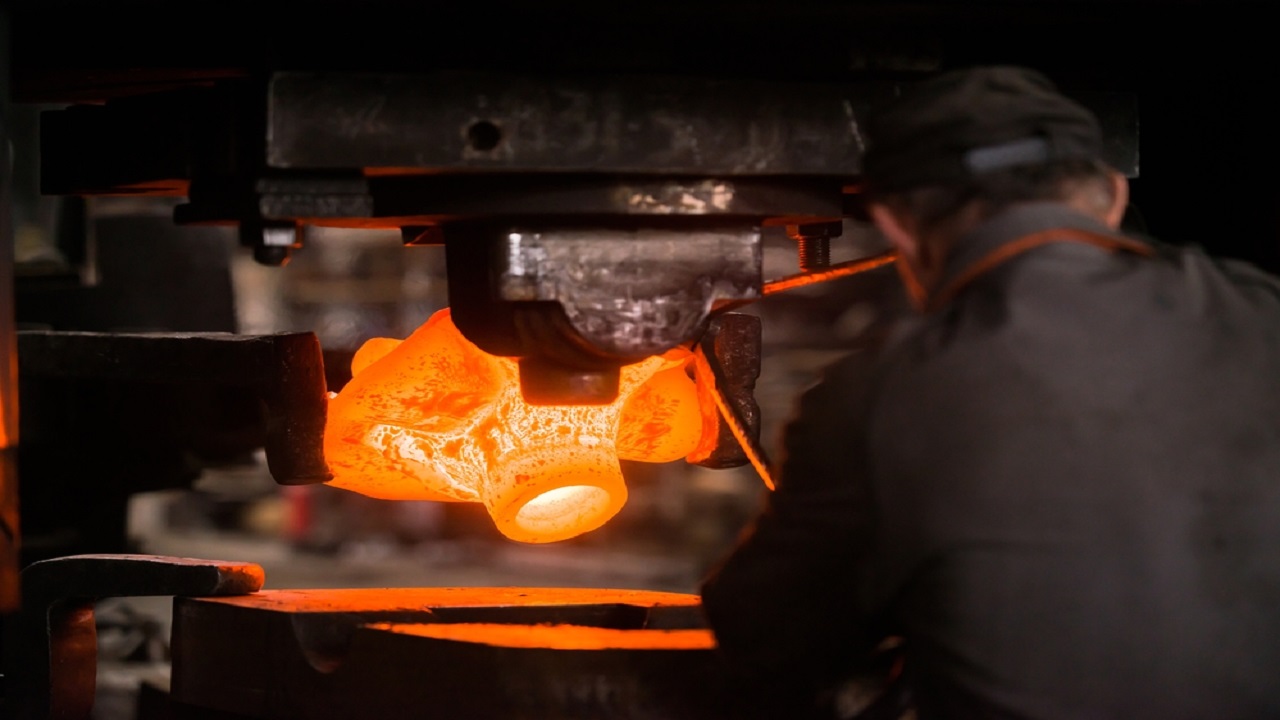For centuries, the craft of die forging has held a significant place in the world of manufacturing. It’s a specialized process that involves shaping metal with intense pressure, all thanks to specially crafted dies or molds. This unique technique is renowned for its precision and the sheer strength it imparts to metal, and it finds its way into diverse industries like automotive, aerospace, and construction. In this article, we’ll dive deep into the world of die forging, uncovering its techniques, applications, and why it’s so crucial in today’s manufacturing landscape. For more insights into the world of die forging, visit https://www.cxinforging.com/.
Understanding Die Forging
Die forging, often affectionately known as drop forging, is a manufacturing marvel that transforms raw metal materials into precisely desired shapes. The magic happens within machines called forging presses, and it all starts with meticulously designed dies – essentially molds with a negative impression of the final part. Initially, the metal workpiece is heated to a specific temperature. Once it’s hot and ready, it’s carefully placed between the dies, and that’s when the real show begins. Pressure, enormous pressure, is applied to reshape the metal into the exact shape required.
The Fascinating World of Die-Forging Techniques
Die forging comes in three primary flavors: hot die forging, warm extrusion, and cold forging. Each of these techniques has its own charm and applications:
Hot Die Forging
This is the superstar of die forging. When you need parts with unbeatable strength and durability, hot die forging is the go-to choice. It starts with heating the metal workpiece to a high temperature, making it as malleable as playdough. Then, it’s placed between the dies, where extreme pressure turns it into precise and robust components.
Warm Extrusion
Think of warm extrusion as the perfect blend of hot and cold forging. Here, the metal is heated to a temperature lower than in hot forging but higher than in cold forging. This technique shines when you need parts with intricate designs and strict tolerances.
Cold Forging
Cold forging might not offer the same malleability as hot forging, but it’s a true efficiency champion. It operates at or near room temperature, making it ideal for producing parts with minimal material waste. Cold forging excels when creating components that demand impeccable surface finish and dimensional accuracy.
Where Die Forging Works Its Magic
Die forging is a versatile artistry, and it finds a home in a variety of industries. Here are some of the star-studded sectors where die forging takes center stage:
Automobile and New Energy Vehicles
In the world of automobiles, die forging is the unsung hero, crafting essential components like engine crankshafts, connecting rods, and suspension parts. As the automotive industry embraces new energy vehicles, die forging continues to create lightweight and high-strength parts.
Aerospace
Take a peek into aerospace manufacturing, and you’ll see die forging’s fingerprints all over. It plays a pivotal role in crafting aircraft components such as landing gear, turbine disks, and wing parts – where precision and strength are non-negotiable.
Hardware Tools and Fasteners
Even in the world of nuts, bolts, and tools, die forging shines. When custom or small-batch manufacturing is on the agenda, die forging ensures consistent quality and spot-on dimensions.
Conclusion
Die forging isn’t just a manufacturing process; it’s an age-old art form that’s still as relevant as ever. Its superpower lies in creating parts that are not just precise but also incredibly strong and durable – a must in industries that demand nothing less than perfection. So, the next time you see a well-crafted component in your car, airplane, or even your toolbox, remember that behind it lies the artistry of die forging.

